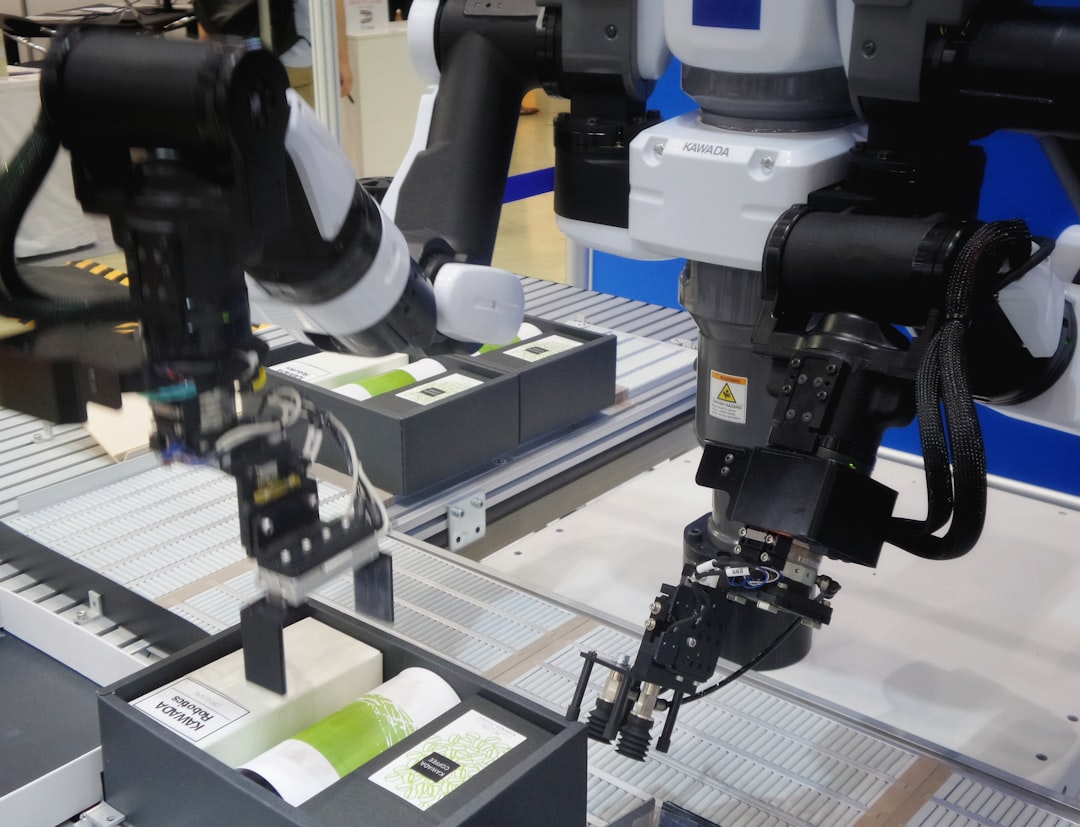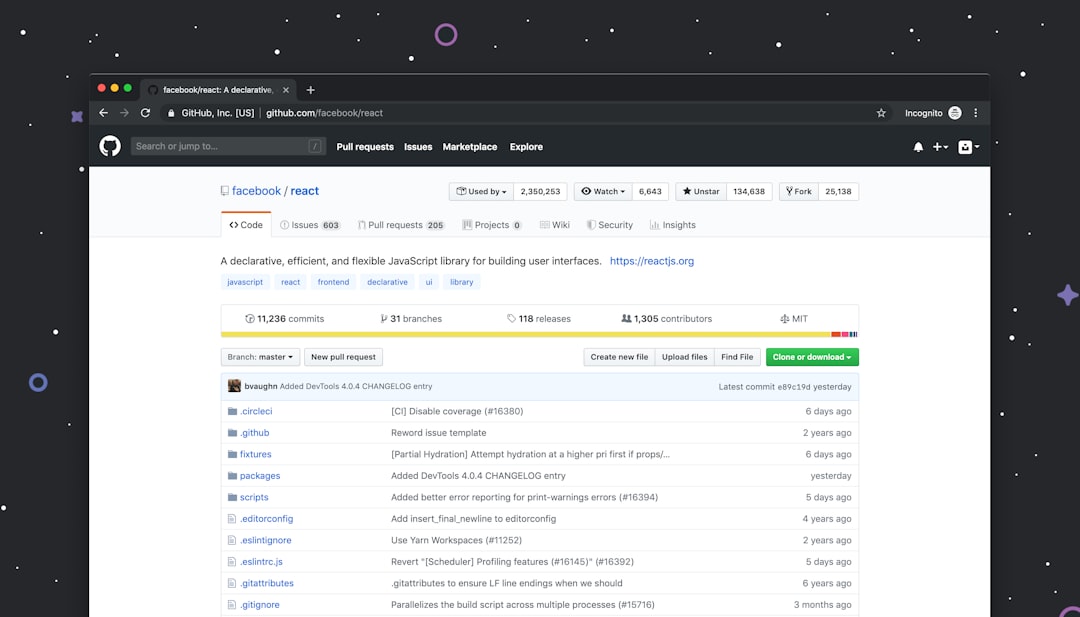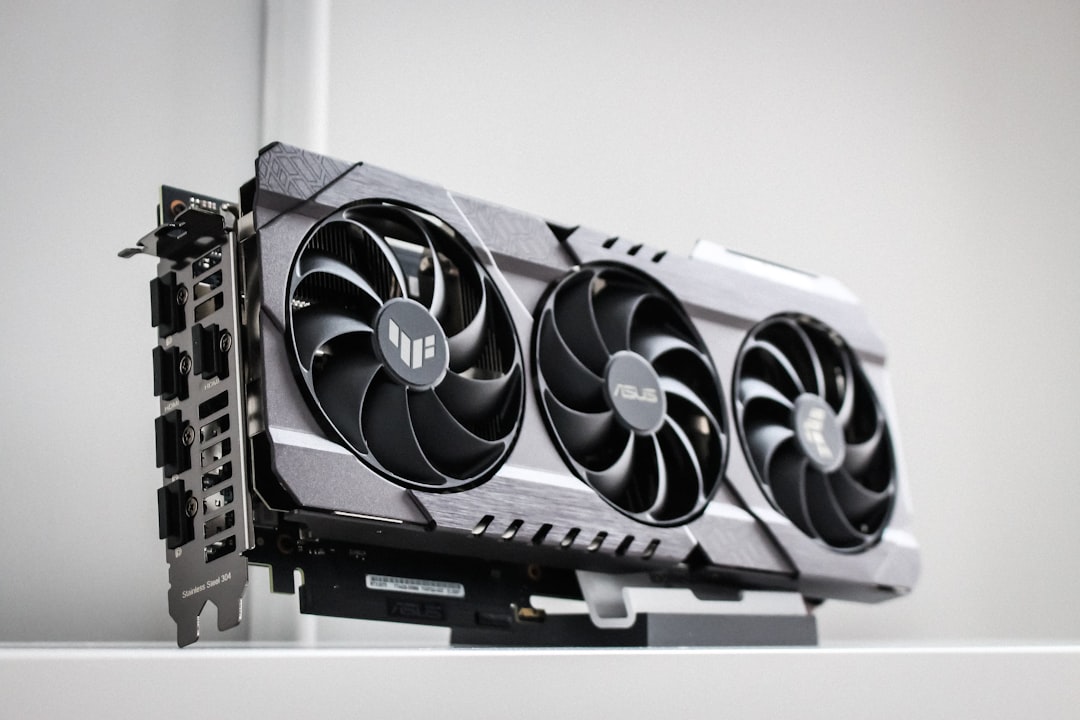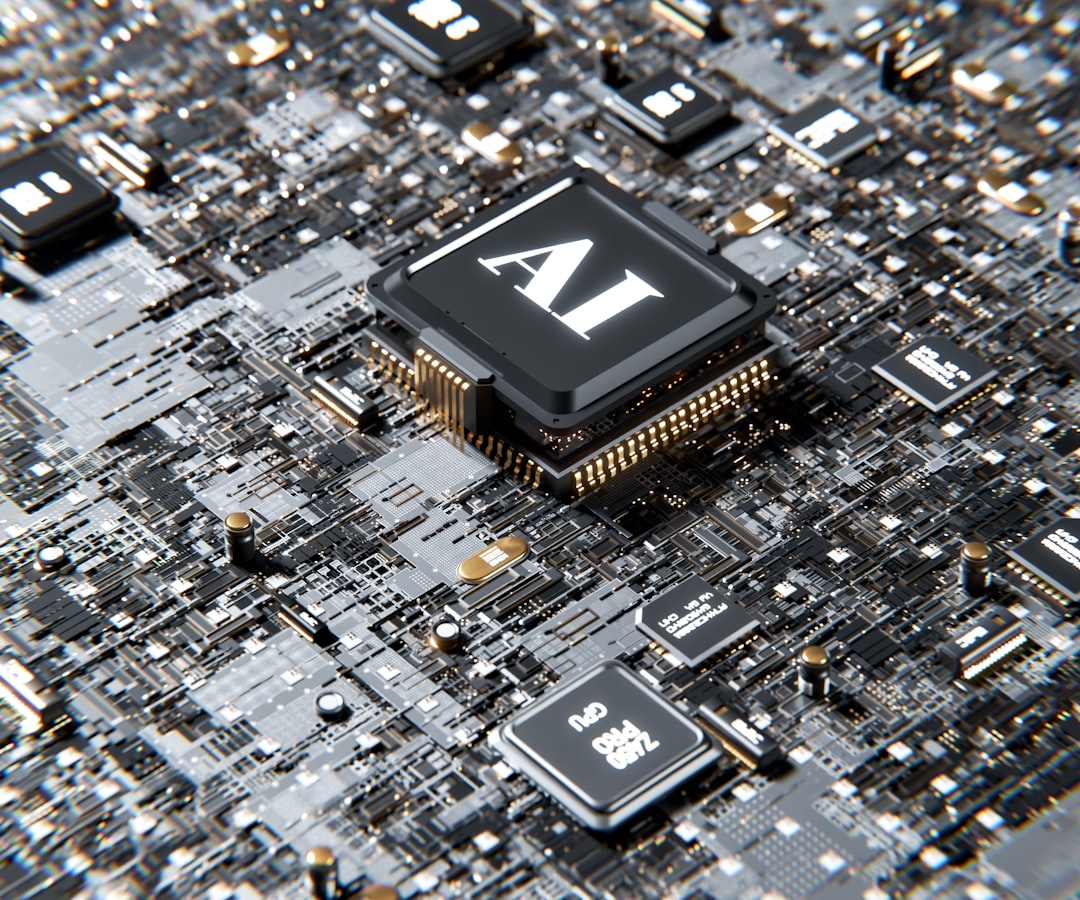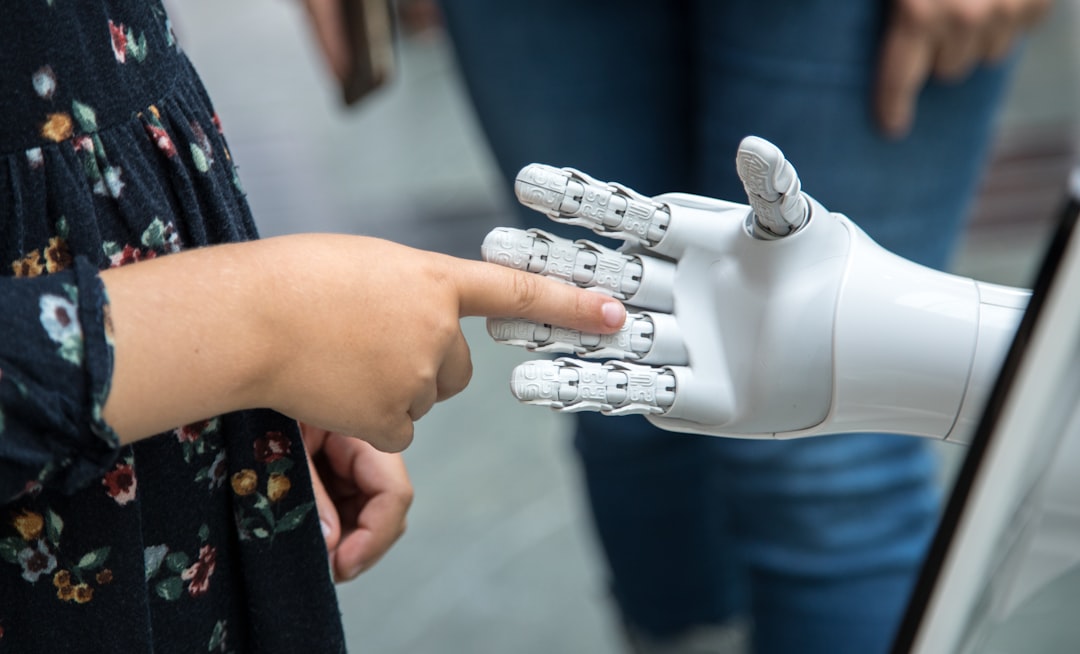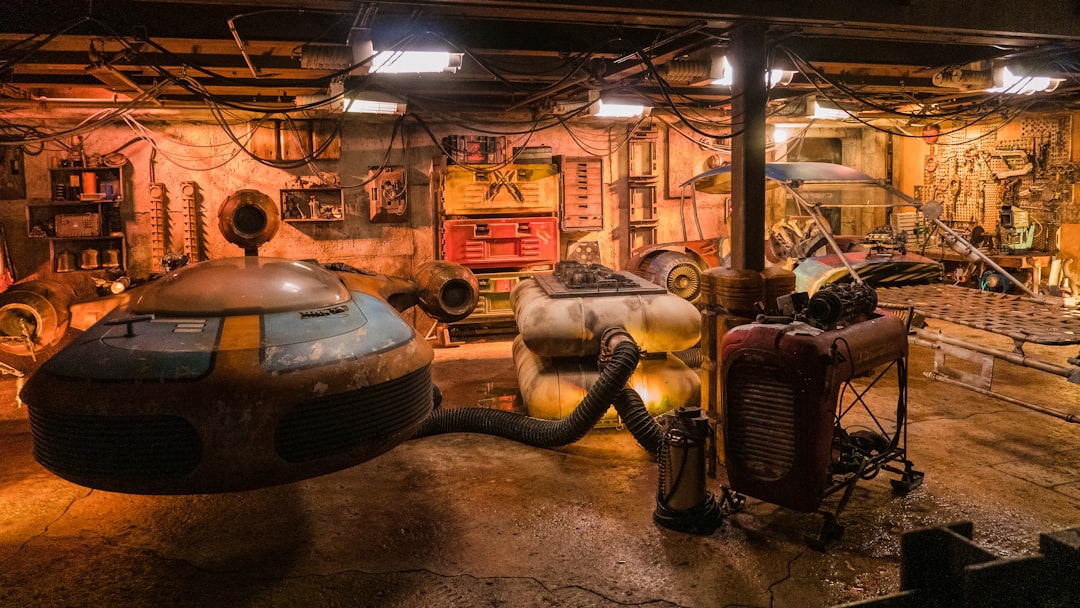Can We Have Offline AI Robots?
The concept of offline AI robots is becoming increasingly feasible with advancements in on-device AI and robotics technologies. Here's an overview of how offline AI can be integrated into robots and the current state of this technology:
-
:
-
RFMs are similar to large language models but designed for robots. They promise to enhance robots' capabilities beyond specific tasks by allowing them to learn and adapt in various environments.
-
While RFMs are still in their infancy, they have the potential to enable robots to operate more autonomously offline by leveraging local processing capabilities.
-
-
:
-
Tools like Dassault Systèmes' DELMIA offer offline programming capabilities for robotics, allowing for efficient design changes and digital continuity without the need for continuous internet connectivity.
-
-
:
-
This trend involves robots training themselves in virtual environments and operating based on experience rather than …
-

